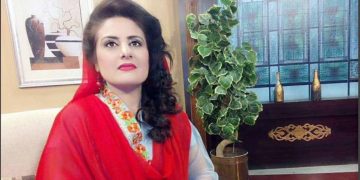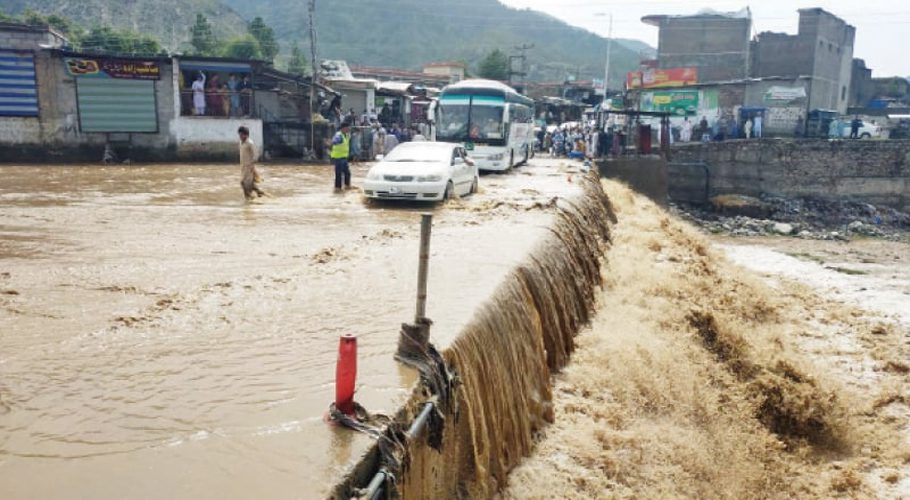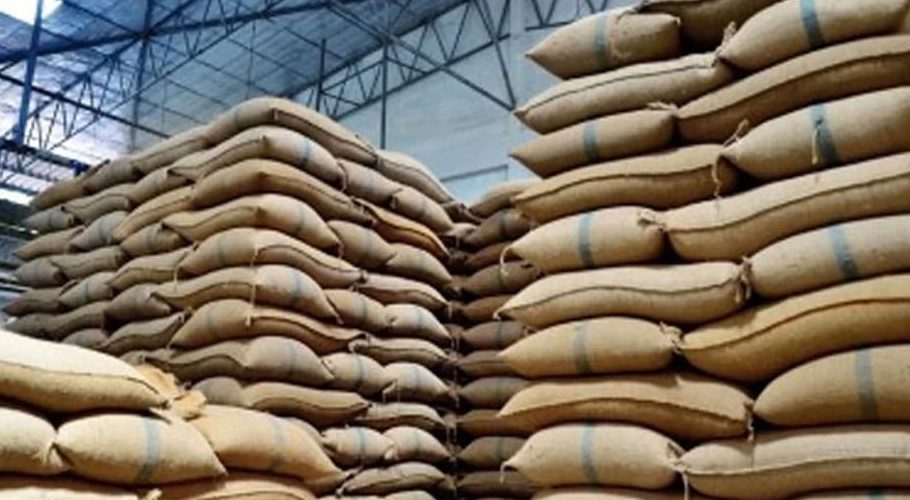The commencement of 2024 serves as a stark reminder of Pakistan’s impending challenge in servicing approximately $22 billion in debt payments for external loans during the ongoing fiscal year (2023-24).
The method for managing this substantial debt remains uncertain, but it is imperative for Pakistan to fulfill these obligations to prevent a sovereign default.
Pakistan’s fiscal landscape is intriguing for analysis. On June 9, 2023, Finance Minister Ishaq Dar presented the annual budget for 2023-24 in the National Assembly, revealing a budget of 14.4 trillion rupees (approximately $50.5 billion). Half of this amount, 7.3 trillion rupees, was allocated for debt servicing, leaving Pakistan with 7.1 trillion rupees to cover its operational expenses.
Despite the budget’s declaration of a 21 percent inflation target, real-world circumstances deviated from these projections. Inflation began rising from 27 percent in August 2023, reaching 31 percent by September 2023. In December 2023, as per the Consumer Price Index data from the Pakistan Bureau of Statistics (PBS), inflation persisted around 29 percent compared to December 2022. This rise is attributed to the continuous surge in fuel and energy prices, contributing to the escalating inflationary trend.
During the economic crisis in Pakistan, the budget for 2023-24 prioritized non-development expenditures. Defense spending increased by 15.5 percent, reaching Rs 1.8 trillion, constituting about 1.7% of the GDP.
Civil servants’ salaries rose by 35 percent, and pensions for retired government servants increased by 17.5 percent. This budget, seemingly detached from ground realities, favored strengthening the affluent while burdening inflation-stricken citizens with an unjust distribution of resources.
In response to this economic backdrop, Pakistan engaged in negotiations with the International Monetary Fund (IMF) for a $3 billion bailout package to avert sovereign default. To appease the IMF, Pakistan secured $3.7 billion from Saudi Arabia and the United Arab Emirates, along with a rollover loan of around $4 billion from China. Despite these measures, Pakistan’s economic stability relies heavily on foreign support, with the IMF serving as a crucial crutch.
Regrettably, Pakistan has focused more on securing loans than on generating sustainable income. While striving to avoid sovereign default, the country remains hesitant to curtail its non-development expenditures. Caught between these extremes, the poor bear the brunt of financial burdens, and Pakistan appears deluded by the prospect of a windfall. Attempts to attract Middle Eastern countries for corporate farming, aimed at bolstering the agricultural sector, have yielded limited success, as these nations lack expertise and interest in agriculture.
In contrast, China has embraced corporate farming, opening its lands for international investors in the agricultural sector. Pakistan needs to reconsider its priorities and move beyond symbolic agreements, instead formulating an industrial policy to foster a small-scale export industry.
Encouraging local youth to establish small industrial units using the funds they invest in migration could enhance self-reliance. The government’s role should involve providing subsidized practical assistance to support this initiative, aligning with Pakistan’s preference for self-sufficiency.






























